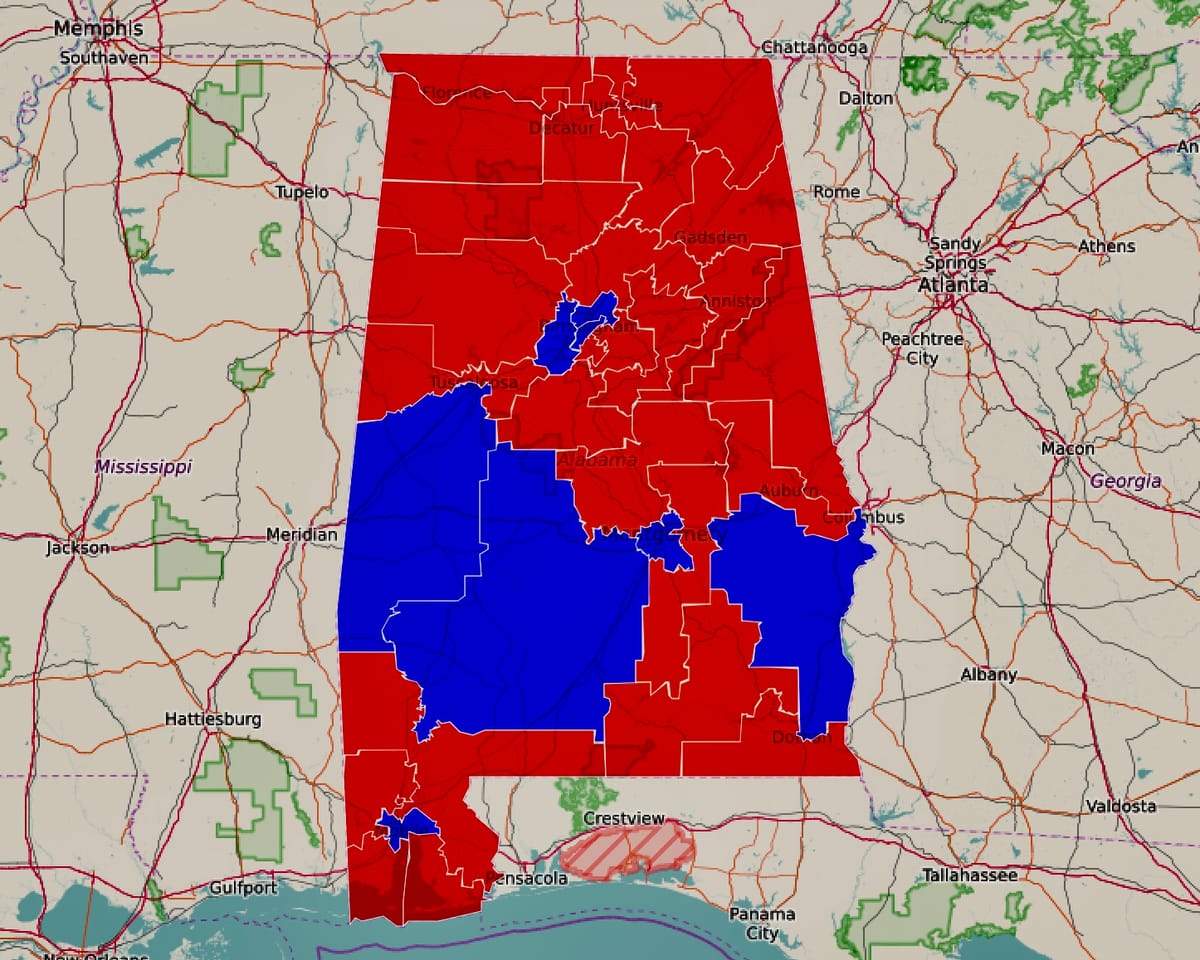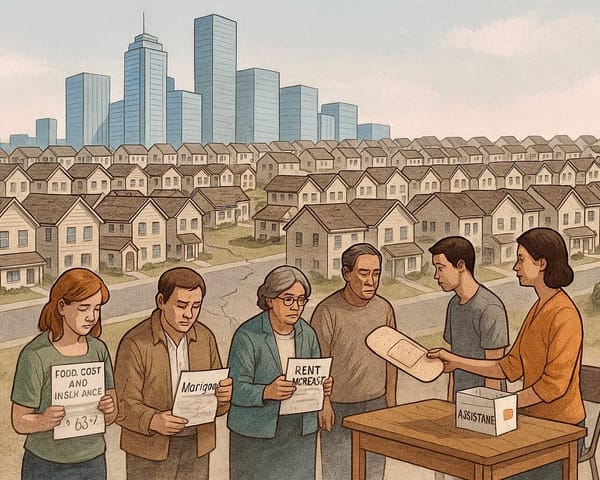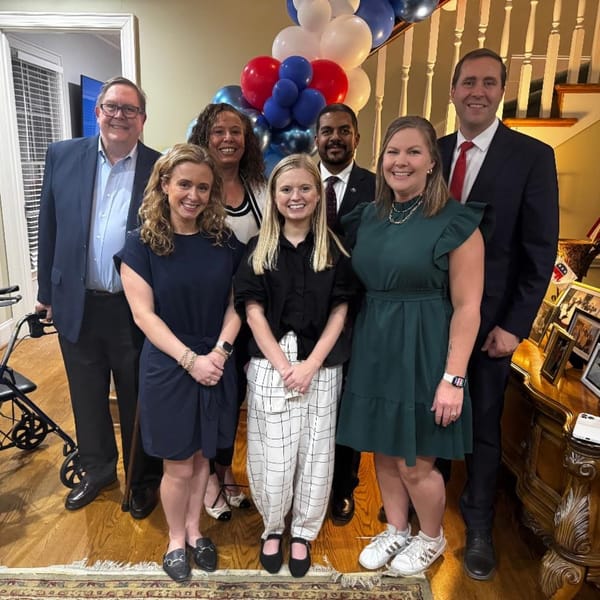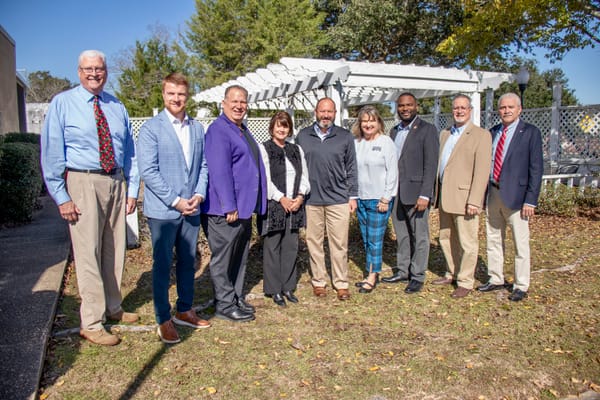Ivey Declines Special Session on State Senate maps, but SCOTUS Case May Change Everything
Ivey blamed clash between Voting Rights Act and Constitution, which SCOTUS case Louisiana v. Callais could resolve

Governor Kay Ivey said Friday she will not call a special legislative session to redraw Alabama’s State Senate map after a federal judge found parts of the 2023 map unlawful. Ivey blamed a clash between Voting Rights Act precedent and the Constitution for the decision and urged the U.S. Supreme Court to resolve the conflict.
“As the law currently stands, states like Alabama are put to the virtually impossible task of protecting some voters based on race without discriminating against any other voters based on race,” Ivey said in a statement. “I remain hopeful that we will somehow find the ‘magic map’ that will both satisfy the federal court and also be fair to all Alabamians. But as of today, I cannot justify the time and expense of calling a special session.”
Judge Anna M. Manasco ordered a new map after finding the 2023 plan likely violated Section 2 of the Voting Rights Act and showed signs of intentional discrimination. That ruling threatens to change how legislative lines are drawn here for the rest of the decade unless the courts or lawmakers act. The judge said she may appoint a court-ordered special master to draw a map if the Legislature does not move.
Ivey framed her choice as a practical one. With the Supreme Court now taking up a related case from Louisiana, she said it would be unwise to spend taxpayer money on a special session while the high court may soon answer the central legal question. A broad ruling in the Louisiana case could reshape the law used to justify minority-opportunity districts nationwide.
The case before the high court, Louisiana v. Callais, asks whether creating an additional majority-Black district in response to Section 2 findings can itself violate the Constitution’s equal-protection guarantees. The Supreme Court has requested fresh briefs and appears set to confront whether remedies under the Voting Rights Act can trigger constitutional problems. A wide ruling could undercut Allen v. Milligan (2023) and affect maps not just in Louisiana, but in Alabama and other states.
Political leaders on both sides are watching closely. Alabama Republicans have signaled they may file briefs in the Louisiana case opposing race-based remedies they say have produced legal uncertainty. Meanwhile, civil-rights groups and plaintiffs who won the lower-court ruling argue the state must comply with Section 2 and the court’s order to provide fair opportunity districts.
If the Supreme Court narrows or rejects race-based remedies under Section 2, states that were ordered to add minority-opportunity seats could see those orders reversed or limited. If the Court instead upholds Section 2 remedies, Alabama will likely face stronger pressure to adopt a map that creates a second Black-opportunity seat in compliance with the lower court. Either outcome would have significant political and legal fallout.
In her ruling, Judge Manasco found that the existing Senate map diluted Black voting strength in and around Montgomery, but she did not find a violation in Huntsville. Manasco ordered that a new Montgomery-area district be drawn in which Black voters “comprise a voting-age majority or something quite close to it.” The judge blocked Alabama from using the current map in the 2026 elections unless a remedial plan is adopted in time.
Ivey’s office has left open the possibility she could reconvene lawmakers if a workable map is later identified. In the meantime, the judge’s option to appoint a special master means a court—not the Legislature—may ultimately draw the lines. That outcome would hand final map-drawing power to the federal court unless the State acts first.
If a court-drawn map is adopted, it would likely be implemented for upcoming elections. That could change several districts and shift how representation looks in Montgomery and possibly in Washington, as the effects ripple across the State.
Most concerning, especially for incumbents seeking reelection and those aspiring to the Alabama Senate from central and south Alabama, is where exactly the new districts will be drawn. Planning a campaign without a clear delineation of district boundaries is orders of magnitude more difficult than otherwise, as Alabama’s recent experience with Congressional redistricting has shown.
With a decision by SCOTUS not expected until next spring in Callais, Governor Ivey unwilling to call a special session and the current map blocked by Judge Manasco, the best hope for Alabama State Senate hopefuls may be for a court-appointed special master to set a map quickly.
Qualifying for the Republican primary is set to open Monday, January 5, 2026, at 8:30 a.m., and will officially close at 5:00 p.m. on Wednesday, January 23, 2026. The Democratic qualifying window is likely to be similar. Without an acceptable map by that time, how can candidates know which district they will be in, much less qualify?
With her refusal to call a special session, Governor Ivey appears to be inviting Judge Manasco to impose a special master-drawn map on the population of Montgomery and surrounding areas. While this will no doubt be cheaper and easier than calling a special session, ALPolitics.com cannot help but wonder if this is the best solution for the people of Alabama.




